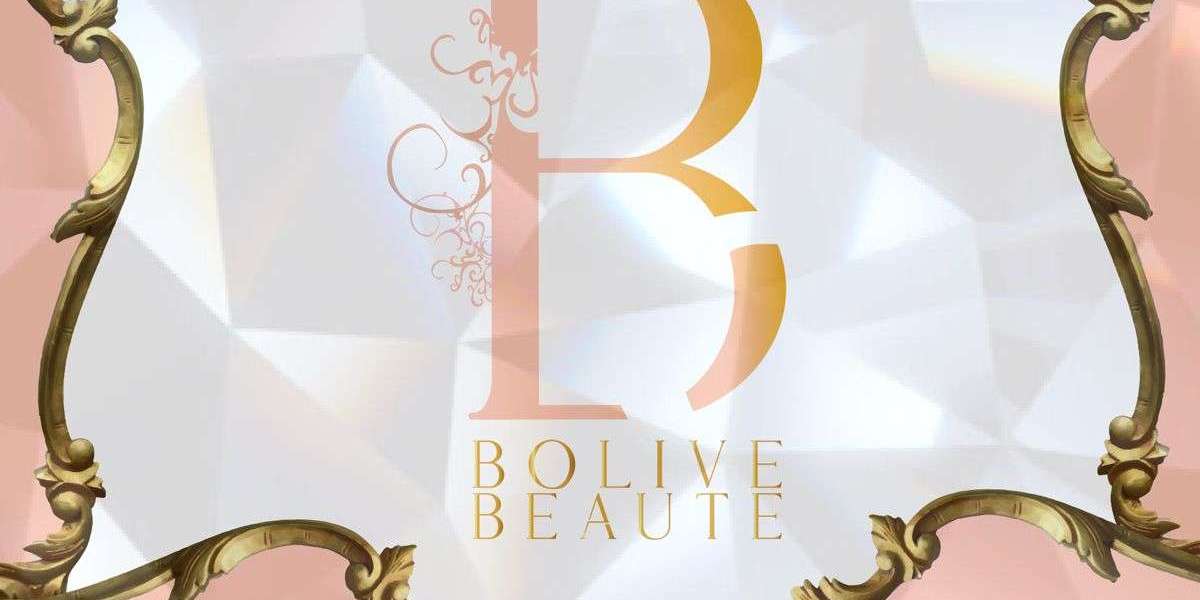In a world of growing paperwork and limited space, stackable file boxes have become essential tools for both home and office organization. Whether you're managing household bills, storing legal documents, or organizing a small business inventory, the right file box can bring order and efficiency to your workflow.
But with so many options available—plastic, cardboard, portable, locking, legal-size, decorative—how do you choose the best stackable file box for your needs? This guide walks you through everything you need to consider to make the right decision for your space, storage goals, and budget.
1. Determine Your Storage Purpose
Before you start browsing products, ask yourself: What exactly do I need to store?
Common storage goals include:
Office documents (invoices, tax returns, contracts)
Home records (medical, school, financial papers)
Creative supplies (art paper, craft tools)
Receipts and warranties
Photos or memorabilia
Legal or archival materials
Understanding your purpose will influence everything from the size and material to the security and portability of the file box you choose.
2. Choose the Right Size: Letter vs. Legal
Stackable file boxes typically support letter-size (8.5" x 11") or legal-size (8.5" x 14") documents. Be sure to pick the appropriate size for your needs:
| Document Type | Recommended Size |
|---|---|
| School papers, printed documents | Letter |
| Contracts, legal paperwork | Legal |
| Mixed file types | Combo-size or larger box |
Tip: Always double-check the interior dimensions if you're using hanging folders or file dividers.
3. Consider Material Options
The material of your file box affects durability, weight, water resistance, and aesthetics. Here are the most common types:
Plastic
Pros: Waterproof, durable, stackable, often see-through
Cons: Can be bulky or more expensive
Best for: Long-term use, garages, basements, or high-traffic offices
Cardboard
Pros: Lightweight, affordable, recyclable
Cons: Less durable, not moisture-proof
Best for: Temporary storage, archiving, or office paperwork
Metal or MDF
Pros: Stylish, secure, long-lasting
Cons: Heavier, more costly
Best for: Home offices, décor-conscious spaces, secure storage
Eco-Friendly Options
Recycled plastics or cardboard options are available for sustainability-conscious consumers.
4. Stackability Features Matter
Not all “stackable” boxes are created equal. Look for features that enhance safety and convenience when stacking:
Reinforced lids and base grooves: Prevent toppling
Interlocking design: Ensures stability
Flat or nesting lids: Maximize space usage
Weight rating: Ensures structural integrity under pressure
If you're stacking more than three boxes high, investing in boxes designed specifically for that purpose is worth it.
5. Evaluate Accessibility
How often you need to access the contents will influence which box to buy. Ask yourself:
Will I open this box weekly, monthly, or rarely?
Does it need to be portable?
Should I see what's inside without opening it?
Features to look for:
Clear sides or windows for visibility
Hinged or lift-off lids for easy access
Built-in handles for portability
Front-facing labels or ID tags for quick identification
Boxes that open from the front or feature drawers may be better suited for frequently used documents.
6. Security and Privacy Options
If you plan to store sensitive information (like personal IDs, legal documents, or financial records), consider security features like:
Locking lids or latch mechanisms
Combination or key locks (Vaultz and similar brands offer these)
Opaque materials to conceal contents
Tamper-resistant seals for added protection
Remember, file boxes aren’t safe substitutes for safes, but they do offer a valuable layer of security for general documents.
7. Portability and Mobility
Need to move your files between rooms or locations? Prioritize portability:
Lightweight materials (plastic or cardboard)
Built-in handles or shoulder straps
Wheeled models (great for teachers, field workers, or event organizers)
Compact design for trunk or under-desk storage
Some file boxes are even TSA-compliant for business travelers who carry client files or reports.
8. Design and Aesthetic Preferences
In a home office, living room, or craft area, appearance matters. If your file box is visible in a shared space, consider:
Color options (white, black, grey, pastels, etc.)
Decorative finishes like woodgrain, woven textures, or printed patterns
Match with furniture for a cohesive look
For instance, metal or MDF boxes with chrome accents look sleek and professional in modern interiors, while woven or fabric-covered boxes fit into cozy, homey setups.
9. Budget and Quantity
Determine how many boxes you’ll need and your budget. Prices range from $5 to $50+ per box, depending on features and materials.
Bulk purchases: Look for multi-pack discounts
Brands like IRIS, Bankers Box, and Amazon Basics offer great quality at affordable prices
Premium brands: Vaultz (locking), Storex (durable), and Really Useful Box (heavy-duty)
Remember to factor in cost per use—a slightly higher upfront investment might save you money (and stress) in the long run.
10. Bonus Features to Consider
Some boxes come with extra features that enhance usability:
File folders included (Pendaflex, Amazon Basics)
Label holders or writable surfaces
Moisture-resistant or fire-resistant coatings
Drawer-style access for non-stacking storage
Divider inserts for multi-category filing
These may not be essential but can make a big difference in convenience and organization.
Final Checklist Before You Buy
Here’s a quick checklist to guide your purchase:
✅ What type and size of documents are you storing?
✅ Do you need frequent access or long-term archiving?
✅ Will the box be visible or hidden?
✅ How many boxes will you need, and can they stack safely?
✅ Do you require portability or security features?
✅ What’s your budget for each box or per storage project?
Conclusion
The best stackable file box for your needs isn't necessarily the most expensive or high-tech—it's the one that fits your space, protects your files, and simplifies your life.
By carefully evaluating how and where you’ll use it, you can avoid wasted money and maximize your organization. From clear plastic bins for everyday use to locking metal boxes for private records, there’s a perfect solution for every situation.
Invest in smarter storage today—and enjoy a cleaner, more organized tomorrow.







